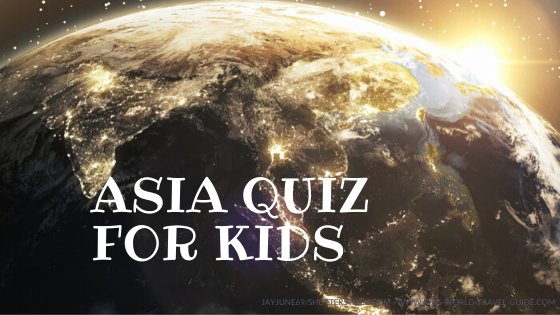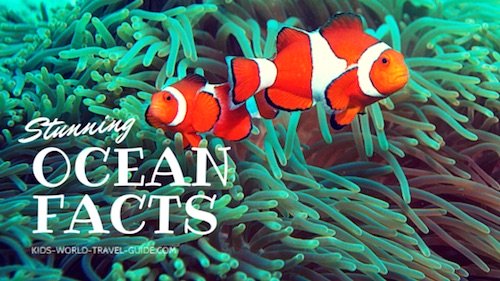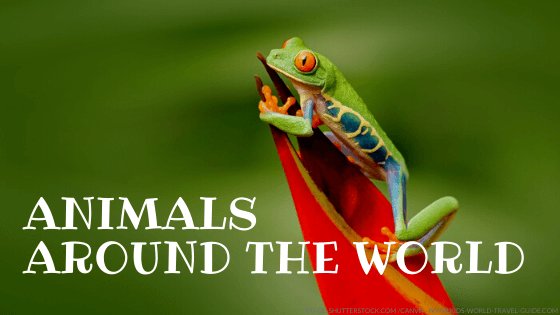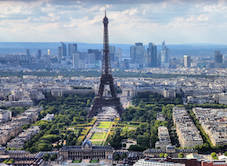Japan for Kids
Japanese Traditions for Kids

Our Japan for Kids page will show 12 interesting Japanese traditions which were chosen and researched by kids especially for kids.
Do you remember some of the Japanese national Symbols? The national flag of Japan includes the red circle of the rising sun, the national flower of Japan are cherry blossoms and the koi is recognised by many as the national fish. You will find the national symbols in many of the traditional culture and art forms of Japan.
In case you have not seen our 'Japan Facts for Kids' yet, please see our facts about Japan as they provide a good introduction. Click here to read.
Now let's start with some fun Japanese traditions and we are sure there are some you might have come across already.
1. Origami | Japan for Kids
Origami is the traditional way of folding paper. The word 'origami' originates from the Japanese terms 'ori' meaning 'folding' and 'gami' meaning 'paper'. One of the best known creations of the traditional Japanese origami is the paper crane.
 Origami paper cranes
Origami paper cranesPaper folding traditions emerged in China already in the 10th century, however, the Japanese developed the origami tradition further as an entertainment art from the 16th century.
The traditional origami technique uses two-coloured paper squares. Origami paper is usually white on one side and coloured or patterned on the other side. The origami paper is lighter than normal copy paper and comes in various sizes.
The traditional Japanese origami designers use special washi paper that is tougher than commonly used paper as it is made from wood or bark. Easy origami include the bunny, fish, boat or the easy hat origami. See some great and easy-to-do examples here.
2. Sudoku | Japan for Kids
Sudoku are logic games and number puzzles with 9x9 grids in 3x3 boxes that we all believe were invented in Japan.
However, number place games or ‘magic square’ games were already popular in the 19th century in France.
 Sample sudoku game with answers
Sample sudoku game with answersThe Sudoku game as you will probably know it, was first published in Japan in 1984. However, the US-American puzzle inventor Howard Garns had initially started developing these number puzzles. His logic number game led to the development of the modern sudoku game in 1979.
The name 'soduko' originates from the Japanese language and is an abbreviation of a longer term meaning 'numbers must remain single'.
3. Sushi | Japan for Kids
Sushi are seasoned rice bites or skilfully crafted rice rolls that usually contain raw fish slices. The most traditional sushi types are nigiri. Nigiri includes raw fish, seafood or vegetables which is based on a oval shaped bed of sushi rice. Maki rolls which are rice rolls with raw fish, seafood, vegetable or even fruit are also very popular.
 Sushi platter with wasabi, pickled ginger roses and soy sauce
Sushi platter with wasabi, pickled ginger roses and soy sauceSushi is typically eaten with wasabi, a green and very spicy radish paste, pickled ginger and soy sauce.
The pink coloured pickled ginger is usually eaten to lessen the spiciness of the wasabi and to clean your palate to allow for a fresh taste of the special flavour of your next sushi bite. Sushi is usually eaten with chopsticks, however some sushi such as nigiri can be eaten by hand.
Sushi is often said to originate from Chinese seafarers, however, eating sushi is commonly referred to as Japanese tradition. The word 'sushi' mean 'sour or seasoned rice' in Japanese. The Japanese name for 'raw fish' is 'sashimi'.
4. Pokémon | Japan for Kids
Pokémon belongs to the Japanese pop culture just like sushi to the Japanese cuisine.
These Japanese fantasy creatures or pocket monsters with special abilities are known worldwide since the late 1990s. They are very popular in Japan. There are various video games, movies, toys and trading cards that feature the now more than 800 characters of the Pokémon universe.
The yellow coloured pocket monster called 'Pikachu' is one of the most well-known characters and the mascot of the Pokémon company.
 Pokemon's Pikachu - image by Hannari Eli
Pokemon's Pikachu - image by Hannari EliThere are more than twenty Pokémon films and the Pokémon characters are also used in manga and anime series. Pikachu is one of the main and most loved animated characters in Japanese pop culture.
The Japanese word 'pokémon' means 'pocket monster'.
5. Manga | Japan for Kids
Manga are Japanese cartoons or comics. Manga include also graphic novels which are story books consisting of comics. There are manga with all kind of different content. Among the popular manga themes are action, science-fiction, romance, sports and animal manga.

Most of the Japanese comics or cartoons are designed and printed only in black and white although there are more and more colourful manga are published now as well. If you love manga, you should definitely visit the International Manga museum in Kyoto. Read more here.
The word 'manga' originates from the Japanese and means 'pictures' and in the Japanese language refers to all different kinds of cartoons, comics, and animations.
Very popular manga characters and stories will sometimes be made into anime.
6. Anime | Japan for Kids
Anime are Japanese animation films made from either hand-drawn or computer-designed animations.
In Japan entertaining action animés such as Pokémon are popular since the 1990s. These include animal anime such as Chi’s Sweet Home or Doraemon. Some of the characters of Doraemon you can see below.
 Popular Doraemon characters
Popular Doraemon charactersThe first animated film clips in Japan we shown already in 1917. Today anime can include all kinds of animation of science fiction, fantasy stories as well as animal and sports anime such as Haikyuu. In this popular Japanese sports animation a small boy who wants to become a famous volley ball player is the main character.
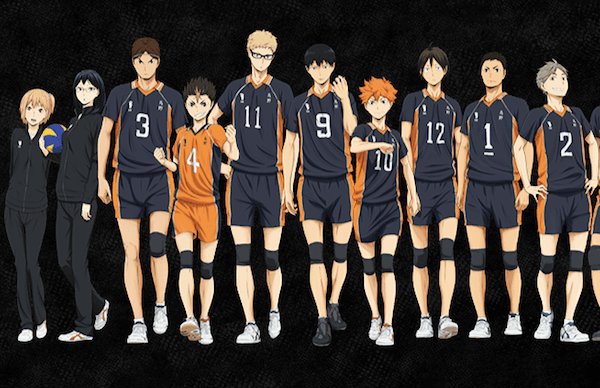 Haikyuu Characters
Haikyuu CharactersThe word 'anime' originates from the word 'animations' and in Japanese the word 'anime' refers to all kinds of animations and animated media, not only those created in Japan.
7. Samurai | Japan for Kids
Japanese warriors were among the most wealthy and most respected people in the Japanese society in medieval times. Samurai belonged to the military and were high ranking officers who were allowed to even wear two swords.
Kusunoki Masashige who lived in the 13th century is remembered in Japan as the ideal samurai for his loyalty, courage and virtue.
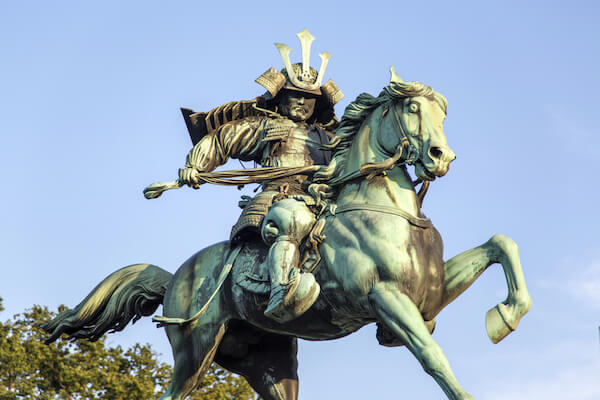 Kusunoki Masashige Statue
Kusunoki Masashige StatueThe influence of the samurai heritage can also be seen in Japanese art and culture. Samurai were often not only fighters but also painters, writers or philosophers and were ranked at the top of the Japanese society as they were among the most educated Japanese during the Edo period (1603-1867).
The word 'samurai' means 'those who accompany the noble men'. However, in Japan samurai are referred to as bushi which means 'warrior'.
Female fighters existed as well, the were called 'onna-bugeisha'. These woman warriors were usually spouses of the warriors but they also were powerful and could train and fight.
8. Geisha | Japan for Kids
Geishas are women who perform the traditional Japanese arts. Geishas are well respected in Japan as they can entertain, perform tea ceremonies, can dance, sing or recite poetry.
A geisha traditionally wears a kimono, decorative hair pieces and traditionally also a white painted face. The faces were usually painted white as geishas usually work at night and thus their faces could be recognised more easily in the darkness.
 Geishas in beautiful kimonos
Geishas in beautiful kimonosToday there are still geishas and the profession is one which a young woman has to train for, the apprentice geisha is called maiko.
Gion with its townhouses is known as the district in Kyoto where one can still watch how the young geishas learn the traditional dances and play the traditional instruments or how a traditional Japanese tea ceremony is celebrated.
9. Tea Ceremony | Japan for Kids
Tea ceremonies were more commonly celebrated in Japan around the 12th century after Buddhist monks had introduced this ancient tradition in Japan when coming back from their travels to China.
The traditional Japanese Tea Ceremony involves a specific preparation and presentation of tea. The tea used in this ceremony is green tea, made usually with stone ground and powdered tea leaves and is called matcha.
Special traditional tea utensils are used during the preparation of the thick tea and thin tea.

The Japanese tea ceremony follows a special ritual during which the host and visitors sit on a tatami mat on the floor of the tea room.
This ceremony traditionally includes wearing a kimono or formal wear. Sometimes light dishes are served during a tea ceremony. A traditional tea ceremony can take several hours.
10. Ikebana | Japanese Traditions
The art of flower arranging is an considered an art form in Japan.
Leafy greens, mosses, branches and flower stems are used as well as flowerhead and blossoms in making the perfect piece.

The first flower arranging school was established in the 7th century. Buddhists left flower offerings at their shrines and at altars, but today the tradition includes creating decorative pieces for homes.
The word 'ikebana' originates from the Japanese 'ikeru' meaning 'to arrange flowers and be alive' and 'hana' meaning 'flower'.
11. Karate | Japan for Kids
Karate is a popular Asian martial arts that spread throughout Japan and the world since the 1920s. This kind of martial arts was practised in Japan as early as the 14th century as it was brought to the Japanese island of Okinawa by visitors from China.
Karate includes several fighting styles and today is practised as self-development, self-defence or combat sport.
Gichin Funakoshi is usually seen as the father of karate as he developed the Shotokan-karate style which is popular around the world.
 Karate training
Karate trainingKarate uniforms are called 'karategi' and are white and loose fitting. The skills level and dan ranks are demonstrated with belts worn in various colours. Usually beginners start with a white belt and dedicated and highly skilled martial artists don a 'black belt'.
The word 'karate' means 'empty hand' or 'China hand' and refers to the martial arts coming from China. The Japanese word 'te' means 'hand'.
Among other popular martial arts coming from Japan are Judo, Jujutso and Aikido.
12. Omiyage | Japan for Kids
Souvenir giving is traditional in Japan, so remember to take a gift for your colleague, teacher or friend when coming back from a trip abroad. Little beautifully wrapped boxes with gifts called omiyage are given to family, friends and even colleagues and teachers as presents.
The souvenirs are usually typical for the region or country the person visited. Therefore visits to local gift shops are important for many Japanese tourists.
 Typical Omiyage gifts and decorated presents
Typical Omiyage gifts and decorated presentsThe word 'omiyage' means 'souvenir' in English.
Typical souvenirs are sweets, cookies and chocolates as well as local traditional delicacies.
Popular Pages
Useful Resources
Find more Japan for Kids resources for further research here:
- Madelyn Collins. "10 Kid-Friendly Anime You Won't Have To Turn Off In Front Of Your Parents." Comic Book Resources. 25 March 2020. Last accessed 1 March 2022
- Roka Akor Restaurants. "A Simple Guide To Eating Sushi for Beginners." RokaAkor. 2 November 2018. Last accessed 1 March 2022
- Japan National Tourism Organisation. "Gion - Kyoto Attractions." Japan Travel. Last accessed 1 March 2022
- Japan Objects. "The Art of Samurai." Japan Objects. Updated September 2019. Last accessed 1 March 2022
- Japan Guide. "Tea Ceremony." Japan Guide. Last accessed 1 March 2022
- "Five Things You Need To Know About Omiyage." Guidable. Last accessed 1 March 2022
- Ikebana International. "Ikebana - Chapter Activities." IkebanaHQ. Last accessed 1 March 2022
We hope you enjoyed reading our page about Japanese traditions in Japan for Kids. Please bookmark our site as we update and expand our pages regularly. Mata ne as the Japanese say or 'see you again'. :-)
comPicture credits on this page: Images by Shutterstock.com
***
Do you like what you read?

|
Copy and paste onto your website, blog or Facebook page <a href="https://www.kids-world-travel-guide.com/japan-for-kids.html">Kids World Travel Guide: Japan for Kids</a> This is how the link will look like: Kids World Travel Guide: Japan for Kids Thank You for spreading the word:-) Enjoy learning about the world! Happy Travelling! |



